Inflatable Paddle Boards (IPBs) have revolutionized water sports by offering a versatile and accessible option for all skill levels, from serene lakes to bustling beaches. IPBs support various activities, from yoga to adventure exploration. Their lightweight design and portable size make them ideal for camping or beach days. SUP combines hiking, kayaking, and yoga, improving core strength, balance, and cardiovascular fitness. Sit-down paddle boarding offers a calmer experience, perfect for beginners and those seeking tranquility. Choosing the right IPB involves considering board dimensions, shape, material, and budget. Safety measures include wearing life jackets, inspecting boards, and staying vigilant about surroundings. The best locations for beginners are calm waters in scenic settings like lakes or protected coves.
“Discover the thrilling world of water sports with our guide on stand-up and sit-down paddle boarding. From the versatility of inflatable paddle boards to mastering essential skills, we explore benefits tailored to every level. Learn about calm, relaxing sit-down experiences versus the energetic stand-up variant, and uncover crucial factors for choosing the perfect board. Enhance your safety knowledge and find ideal spots to embark on memorable paddle boarding adventures.”
Understanding Inflatable Paddle Boards: A Versatile Water Sport Option
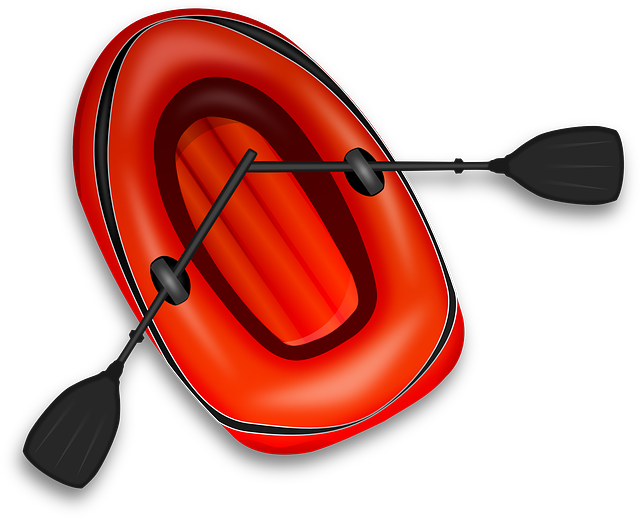
Inflatable paddle boards (IPBs) have revolutionized water sports, offering a versatile and accessible option for both beginners and seasoned adventurers. These innovative floating platforms combine the benefits of traditional paddle boarding with the ease and portability of inflating a mattress-like structure. IPBs can be easily inflated by foot or electric pump, making them convenient to set up anywhere from serene lakes to bustling beaches.
Their versatility is evident in various water activities. They’re ideal for yoga enthusiasts who enjoy sun salutes on calm waters, providing stability and comfort. For adventure seekers, IPBs offer a platform for exploring rivers and coastal trails, allowing for unique wildlife viewing and breathtaking scenery. Moreover, their lightweight design enables easy transport, making them perfect for camping trips or a day at the beach, where they can be quickly inflated and deflated for convenient storage.
Stand-Up Paddle Boarding: Benefits and Essential Skills to Master
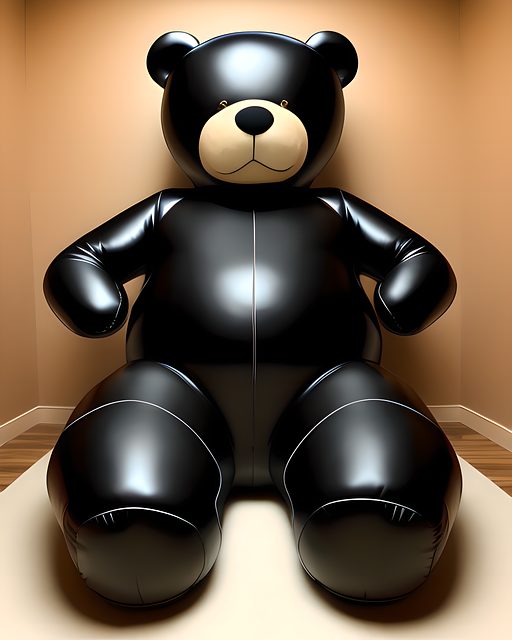
Stand-Up Paddle Boarding (SUP) is an exhilarating activity that combines elements of hiking, kayaking, and yoga—all while enjoying a panoramic view from above water. It’s not just a recreational sport; it offers numerous health benefits, including improved core strength, enhanced balance, and increased cardiovascular fitness. With the rise in popularity, inflatable paddle boards have become accessible to more people, making this activity both convenient and portable.
To truly enjoy and maximize your SUP experience, there are several essential skills to master. Balancing is crucial, as you’ll be standing on an unstable surface. Learning proper paddling techniques is also vital; efficient strokes will help conserve energy and enable you to navigate different water conditions with ease. Familiarizing yourself with basic safety protocols, such as wearing a life jacket in open waters, understanding local regulations, and knowing how to handle emergency situations, should always be a priority when hitting the waves on an inflatable paddle board.
Sit-Down Paddle Boarding: A Calm and Relaxing Experience
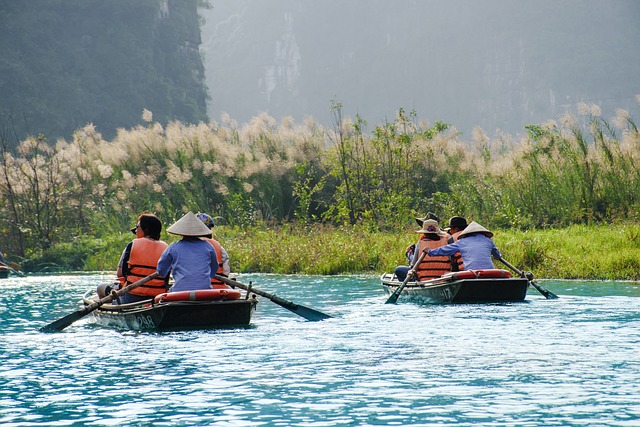
Sit-down paddle boarding is a calmer and more relaxing option for those looking to enjoy the water without the physical demands of standing. This style of paddling is perfect for beginners or anyone seeking a tranquil escape on the waves. With an inflatable paddle board, you can easily transport and set up your own private oasis on any body of water. The stability provided by the larger surface area allows paddlers to focus on the serene surroundings, enjoying the peace and quiet as they glide through the water.
This method also offers a more comfortable experience, with less fatigue and pressure on the body compared to stand-up paddle boarding. It’s an excellent choice for longer excursions, allowing you to take in the beauty of nature at a leisurely pace. Whether it’s a serene lake or a gentle river, sit-down paddle boarding provides a unique perspective and a chance to disconnect from the hustle and bustle of daily life.
Choosing the Right Board: Factors to Consider for Optimal Performance
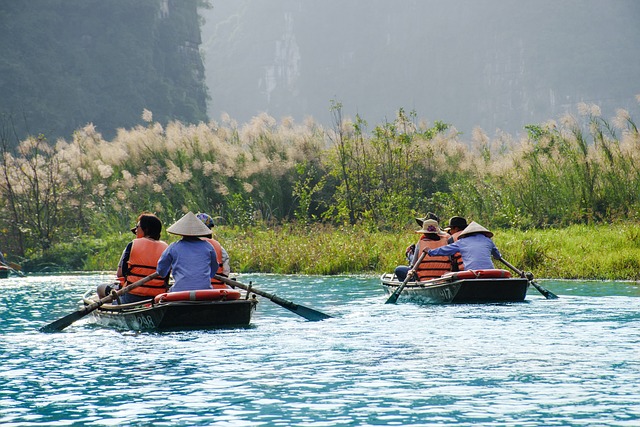
When it comes to choosing the right inflatable paddle board (IPB), several factors play a crucial role in ensuring optimal performance. One of the primary considerations is the board’s dimensions and shape, which directly impact its stability, maneuverability, and overall versatility. Longer boards offer better speed and distance capabilities, ideal for experienced paddlers exploring open water. In contrast, shorter boards provide increased agility and ease of use for beginners or those navigating shallow waters.
Additionally, the material used in manufacturing significantly affects the IPB’s durability, weight, and price. High-quality materials like drop-stitch nylon ensure enhanced rigidity and resistance to punctures, making them perfect for demanding conditions. Lighter boards are easier to transport and store but may compromise stability. Considering your skill level, paddling environment, and budget will guide you in selecting the ideal board, ensuring a more enjoyable and efficient stand-up or sit-down paddling experience.
Safety First: Tips for Secure Paddle Boarding
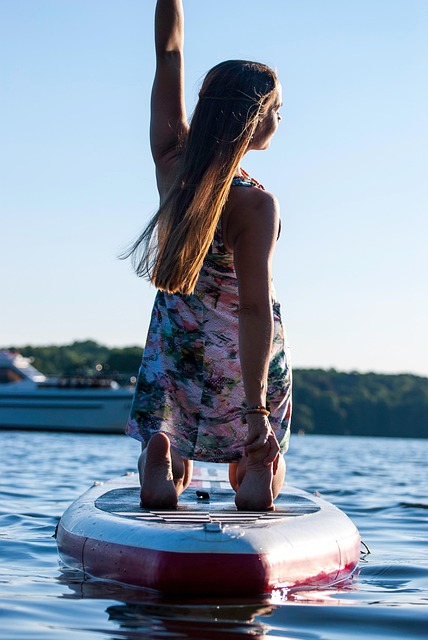
When it comes to paddle boarding, ensuring safety should always be your top priority. Whether you’re opting for a stand-up or sit-down board, proper precautions are essential. For those using an inflatable paddle board, stability and balance are key considerations. Here are some tips to keep in mind:
First and foremost, wear a life jacket designed specifically for water sports. This is non-negotiable, especially if you’re a beginner or paddling in open waters. Additionally, choose a board that suits your skill level and body type; many inflatable boards come with size guides to ensure a secure fit. Always inspect your board before each use, checking for any signs of damage or wear, particularly around the air valves. Lastly, be mindful of your surroundings—know where other water users are, and be aware of potential hazards like rocks or deep waters.
Where to Practice: Finding Ideal Spots for Paddle Boarding Adventures
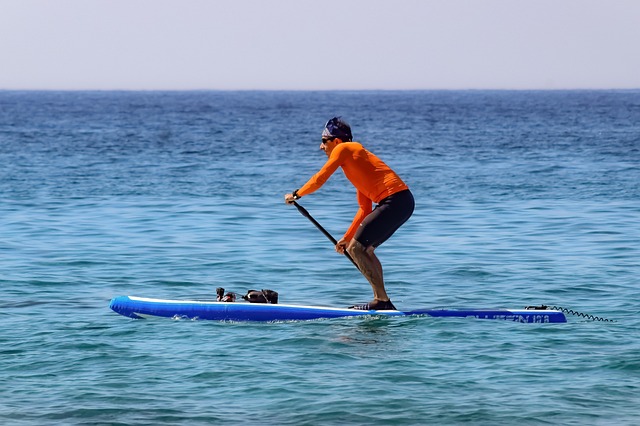
When it comes to practicing paddle boarding, whether you choose to stand up or sit down, finding the right spot is key to an enjoyable adventure. For beginners, especially those using an inflatable paddle board, calm waters are ideal. Look for serene lakes, protected coves, or gentle sections of rivers where you can get a feel for balancing and paddling without too much turbulence. Public parks with water access often offer perfect conditions, providing both a scenic backdrop and the convenience of being close to home or popular tourist spots.
Consider also joining local paddle boarding communities or clubs; they often know secret spots that are ideal for practicing. These can range from secluded beaches to man-made reservoirs, each offering unique challenges and beauty. Remember, the perfect spot is one where you feel comfortable and safe, allowing you to focus on improving your skills without worrying about the water’s conditions.
